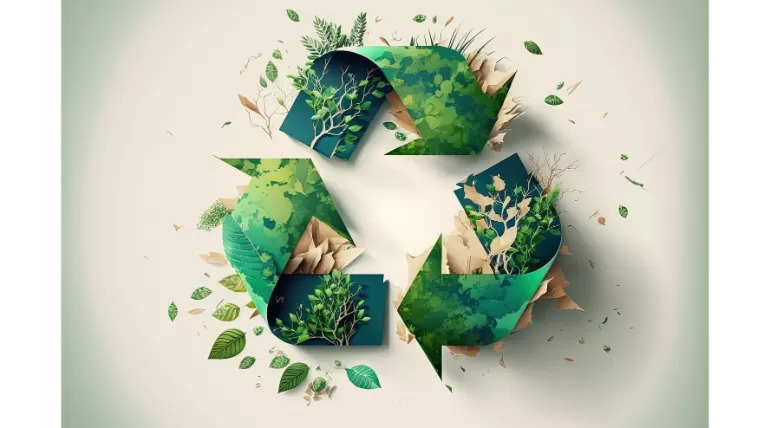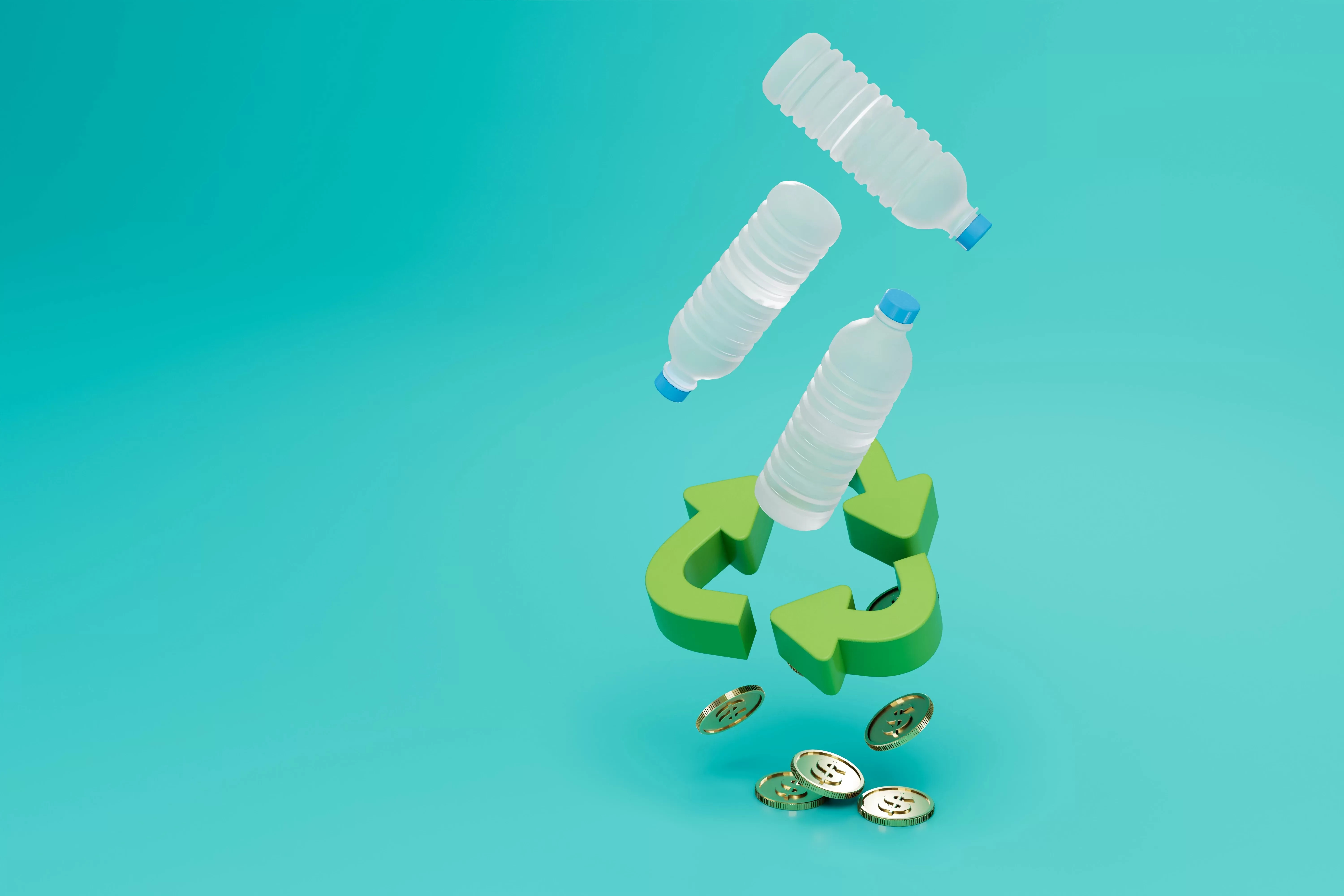
- CSR PLASTIC | Clean Society by Recycling | Sustainability
How Is LDPE Recycled
How Is LDPE Recycled?
CSR Plastic, with its expert team, recycles low-density polyethylene (LDPE) plastic types. LDPE is versatile and durable, but outside of professional recycling facilities, it cannot biologically decompose. LDPE plastic recycling is very important for reducing environmental pollution and industrial waste.
LDPE plastic types are thermoplastics made from petroleum. This type of plastic has a much lower density than water. LDPE is highly resistant to chemicals and is very flexible. Accepted as a safe and clean type of plastic, LDPE has the code number 4. Due to its easy moldability, it is also considered a practical type of plastic.
LDPE Recycling Steps
In LDPE plastic recycling, soft and hard plastics are first separated. The steps for LDPE recycling are as follows:
- LDPE plastics are classified by quality when they arrive at the facility. Classified LDPE plastics are sent for recycling separately.
- Stickers are removed from the LDPE plastics, and dirt is cleaned off. After cleaning, they are thoroughly dried.
- After the cleaning stage, LDPEs are put into the recycling machine, where they are chewed and broken into small pieces.
- After being broken down, LDPE plastics are heated to between 106°C and 112°C. They are quickly melted before clumping.
- New products such as garbage bags and compost bins are produced from the melted LDPE plastics.
When LDPE plastic types are recycled, energy and resource savings are achieved by preventing the production of new plastic.
Function of the LDPE Recycling Line
The LDPE recycling line prevents LDPE from becoming waste. LDPE is one of the most used plastic types in every field. Therefore, it is inevitable that it becomes waste after a certain period. If waste LDPE is not recycled, it causes significant environmental damage.
The recycling line enables LDPE plastics to be renewed and used as raw materials in many different areas. The LDPE recycling line plays an active role in protecting nature. CSR Plastic renews LDPE plastics with high-tech recycling machines. The LDPE recycling lines prevent plastics from mixing with nature. The LDPE recycling line also reduces waste costs in various workplaces.
LDPE Recycling Machines
LDPE recycling efforts prevent items like plastic bottles and plates from polluting the environment and help protect the economy since producing new plastic is more expensive than recycling. Today, recycling plastic bottles, in particular, is of vital importance.
LDPE bottles are recycled using recycling machines. This recycling process is very short. With recycling machines, LDPE bottles go through the following stages:
- Crushing
- Separating into granules
- Floating in a pool
- Cleaning
However, in some cases, LDPE cannot be recycled. The processes where LDPE cannot be recycled are as follows:
- LDPE plastic type cannot be recycled if it is contaminated with food or other substances without being cleaned.
- LDPE plastic cannot be recycled if it is not sorted before recycling.
- Plastics cannot be recycled if the labels are not removed. Label removal is a difficult process.
Recycled LDPE is used to create a wide range of products, including processed lumber. The materials produced as a result of LDPE recycling processes include:
- Flame retardants
- Non-slip materials
- Antibacterial products
- Antistatic properties
LDPE has a low melting point and heat resistance, making it suitable for packaging purposes. LDPE also has a branched structure, making it both low-density and semi-crystalline. Recycled LDPE is very suitable for the production of the following products:
- Plastic computer components
- Sterilized laboratory equipment
- Flexible pipes
- Squeezable containers
Recycled LDPE products are highly resistant to chemicals and moisture. You can contact CSR Plastic for more information about LDPE recycling.




